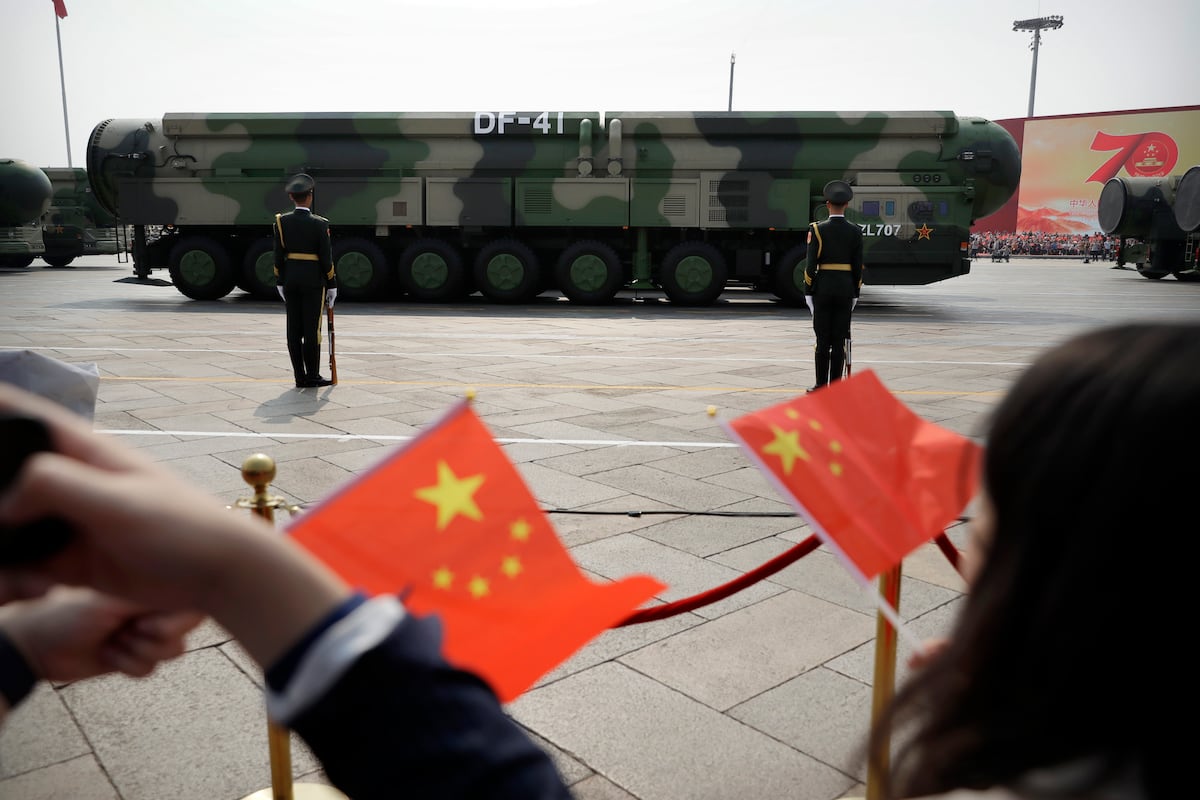Overview of the PzH 2000 Self-Propelled Howitzer: Historical Development and Future Upgrades
The Panzerhaubitze 2000 (PzH 2000) has been recognized as one of the most advanced indirect fire artillery systems since its introduction in the late 1990s in German Army artillery units. Nearly three decades later, the PzH 2000 remains a standard-bearer among global artillery platforms, with numerous nations planning mid-life upgrades (MLUs) and new systems being produced for both the Bundeswehr and Ukraine.
Historical Context and Upgrades
Originally developed by Wegmann GmbH & Co. KG, which later merged with Krauss-Maffei Wehrtechnik to form KNDS Deutschland GmbH, the PzH 2000 has undergone several significant modifications since the rollout of its first variant in 1998.
-
PzH 2000 A0: The initial prototype, which was never sold but remained a critical development model.
-
PzH 2000 A1: The variant delivered to the Bundeswehr, featuring an upgraded navigation system and improved accuracy through a refined pneumatic barrel laying system.
-
PzH 2000 A2: This configuration included advancements such as a new cooling system for charges, making it deployable in international contexts, including the Netherlands.
Despite plans for an A3 variant with enhanced mine protection, budget constraints and shifting military objectives hindered its development. The A1 and A2 remain the most prevalent models in active service.
The Current State: PzH 2000 A4
The PzH 2000 A4 represents the latest production standard, focusing on advanced electronic warfare capabilities rather than the A3’s protective enhancements. The ongoing conflict in Ukraine has underscored the relevance of artillery in contemporary warfare, prompting nations worldwide to consider upgrades to their artillery fleets, prominently featuring the PzH 2000.
- Production Focus: KNDS Deutschland is leading the production efforts for both Germany and Ukraine, with deliveries to commence in late 2025 and expected to continue until early 2027.
Technological Advancements in the A4 and Upcoming A5 Variants
The upgrade to the A4 model incorporates significant technological enhancements:
-
Fire Control System: Transitioning from the older MICMOS system to the state-of-the-art Centurion fire control computer, which boasts superior computational capabilities.
-
Power Management: A split design for the generator and cooling systems is proposed to enhance the overall efficiency and functionality of the platform.
While production of the A4 is underway, planning for an A5 upgrade is already in the works, aiming to create a fully digital system with a semi-open electronic architecture. Key expected features include:
-
Modular Flexibility: Enhanced capabilities for integrating new subsystems.
-
Automated Ammunition Handling: Improvements in the ammunition autoloader and gun laying systems.
-
Crew Configuration Options: Discussions surrounding the potential shift from a five-man crew to a three-person operational model.
Additional optional technologies under consideration may include:
- A new driver indirect vision system,
- Enhanced optronics,
- Portable fuse programming systems,
- Remotely operated weapon stations.
International Interest and Future Deployments
The anticipated A5 MLU program has piqued the interest of Germany, the Netherlands, and Lithuania, fostering a collaborative framework for joint acquisition. Other NATO nations such as Italy, Croatia, Hungary, and Greece are also exploring participation. Italy, notably, fields the second-largest PzH 2000 fleet after Germany, showing proactive engagement in dialogues for potential phased upgrades.
Recent insights suggest that the Bundeswehr is poised to acquire a “three-digit number” of newly constructed PzH 2000 A5 units, indicating sustained production capabilities into the 2030s.
Operational Resilience and Modern Requirements
The PzH 2000 was designed with an emphasis on counteracting top-attack threats, proving its effectiveness in various combat scenarios, as demonstrated by reports from the Ukrainian battlefield. Notable resilience was showcased when a PzH was struck by multiple drones yet remained operationally capable.
A focus area remains the protection of the platform as modular solutions are considered to enhance survivability against evolving threats.
In summary, the PzH 2000 continues to evolve amidst technological advancements and operational demands, securing its relevance in modern military arsenals globally.





